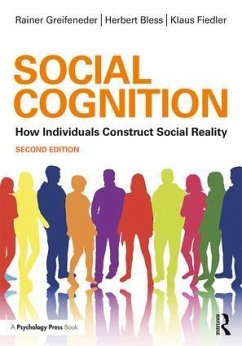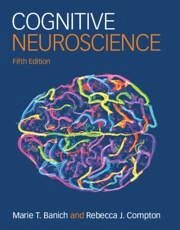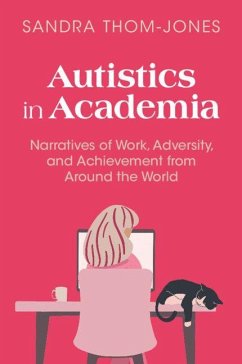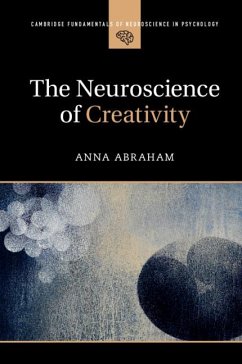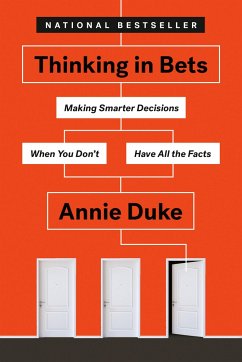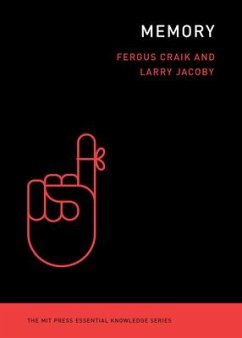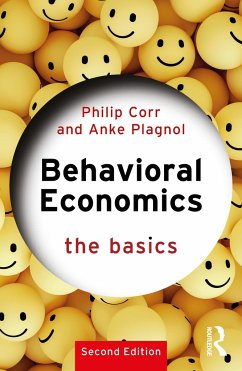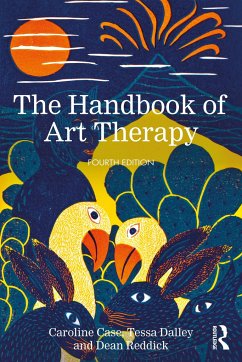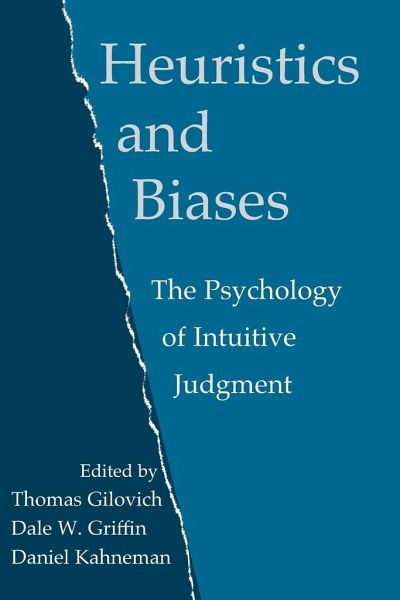
Heuristics and Biases
The Psychology of Intuitive Judgment
Herausgegeben: Kahneman, Daniel; Griffin, Dale; Gilovich, Thomas
Versandkostenfrei!
Versandfertig in 1-2 Wochen
74,99 €
inkl. MwSt.
Weitere Ausgaben:

PAYBACK Punkte
37 °P sammeln!
Judgment pervades human experience. When do people make judgments that serve them well, and why are they accurate in these situations? When are people's judgments prone to bias, and what is responsible for their biases? This book, first published in 2002, compiles psychologists' best attempts to answer these important questions.






